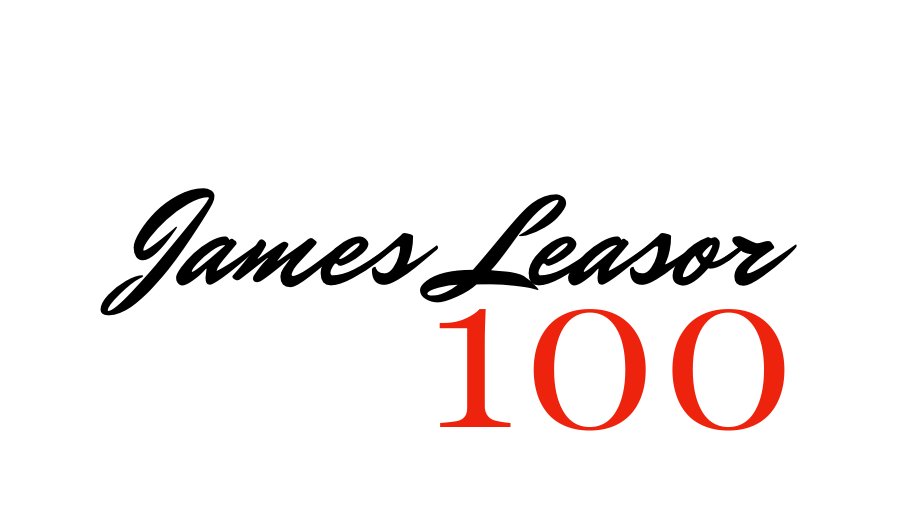Andrew MacAllan
‘Andrew MacAllan’ was conceived by James Leasor and legendary literary agent, Gillon Aitken, during a long lunch. It was a project that could have come straight out of one of Leasor’s bestselling Dr Jason Love spy thrillers. It would involve the subterfuge and dark skills that Aitken had honed during his time in British intelligence before he turned his hand to literary rather than secret agent.
Leasor was now in his sixties and finding it harder to interest publishers in new book projects. They were happy to publish some of his proven successes, such the Jason Love thrillers – but even then they would limit their print runs to 20,000 in hardback, which would virtually all be snapped up by libraries. They would then say that few had been sold to retailers and that therefore there was no popular demand for a larger run.
Leasor was also frustrated by people accosting him at drinks parties claiming that it was now virtually impossible for a new author to get published – on merit alone – without some fashionable back story to excite the publisher’s interest.
Aitken and Leasor decided over their lunch to try to break these cartesian circles. But how could a ‘new’ author get a book published without revealing who he was? Their idea involved an author who, with a credible reason, was unable to meet the publisher. And so the idea of Andrew MacAllan was born.
The narrative was developed that MacAllan was a successful businessman based in the Far East, but who, because of the nature of his work, travelled frequently. He would be hard to tie to any particular location or schedule. We need to remember that this was in the late 1980s – long before mobile phones, the internet, Zoom, etc., etc. All contact would be via the agent – Gillon Aitken.
James Leasor wrote the first three chapters and a synopsis of an epic historical saga – loosely based on the origins of Hong Kong-based trading companies like Jardine Matheson and Swire. Gillon Aitken took it, along with the agreed story about MacAllan, around a number of London-based publishers. It was snapped up by the fairly recently-launched – and very ambitious – Headline publishing house, with a healthy advance.
During his travels around the world, Leasor had collected hotel headed writing paper from exotic places such as Hong Kong, Sydney, Singapore, Delhi, Nassau and New York and so ‘MacAllan’ used these to correspond with the publisher. He was introduced to a branch manager of the Royal Bank of Scotland in Pall Mall, who agreed to open a bank account in the name of Andrew MacAllan, so any royalty payments could be paid without arising suspicion. The bank could also act as a forwarding address. The stage was set.
The first book, ‘Succession’, a 700 page blockbuster, was published in 1989 to fantastic sales. An initial print run of 50,000 in hardback quickly sold out. Reprints swiftly followed. It was Headline’s biggest seller that year. A sequel, ‘Generation’, came out the following year, and similar sales success resulted.
There was one issue. The pressure from the publishers for them to meet their star author became overwhelming. Who was this unknown writer who could so effortlessly turn out bestsellers, with supposedly no previous experience? Numerous meetings had been scheduled, and then cancelled at short notice due to ‘MacAllan’s’ hectic travel schedule. But Aitken and Leasor realised that this could not go on for ever – and so they revealed everything to Headline.
Headline, now part of the Hachette publishing group, published four more MacAllan bestsellers, Diamond Hard, Fanfare, Speculator and Traders.
The experiment proved the validity of Leasor’s original arguments – that a new, unknown author could still get published; and that even when he was in his seventies, Leasor could still write best selling books.
All six Andrew MacAllan books have been republished by Chiselbury and are now available for Kindle and paperback.
